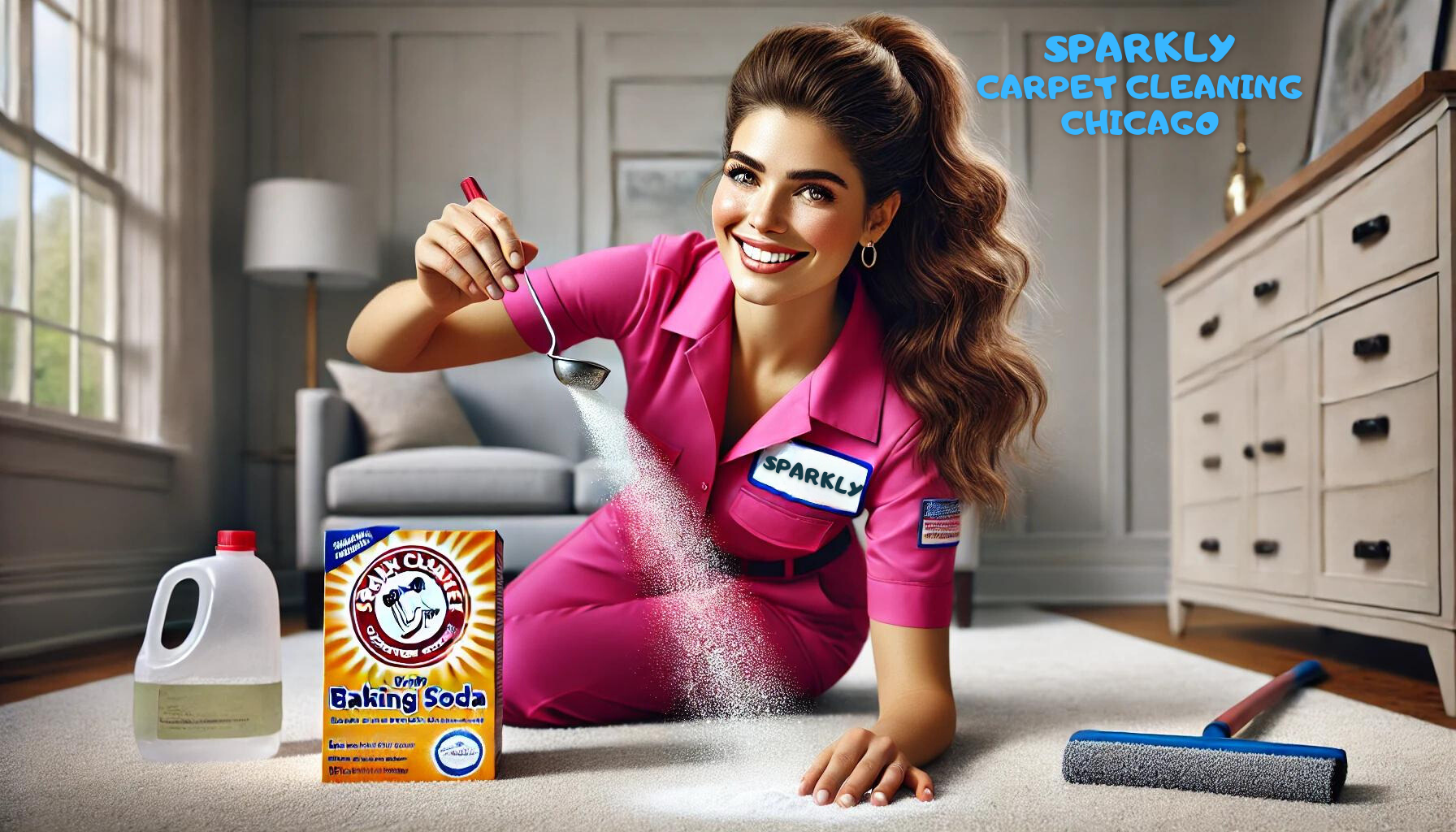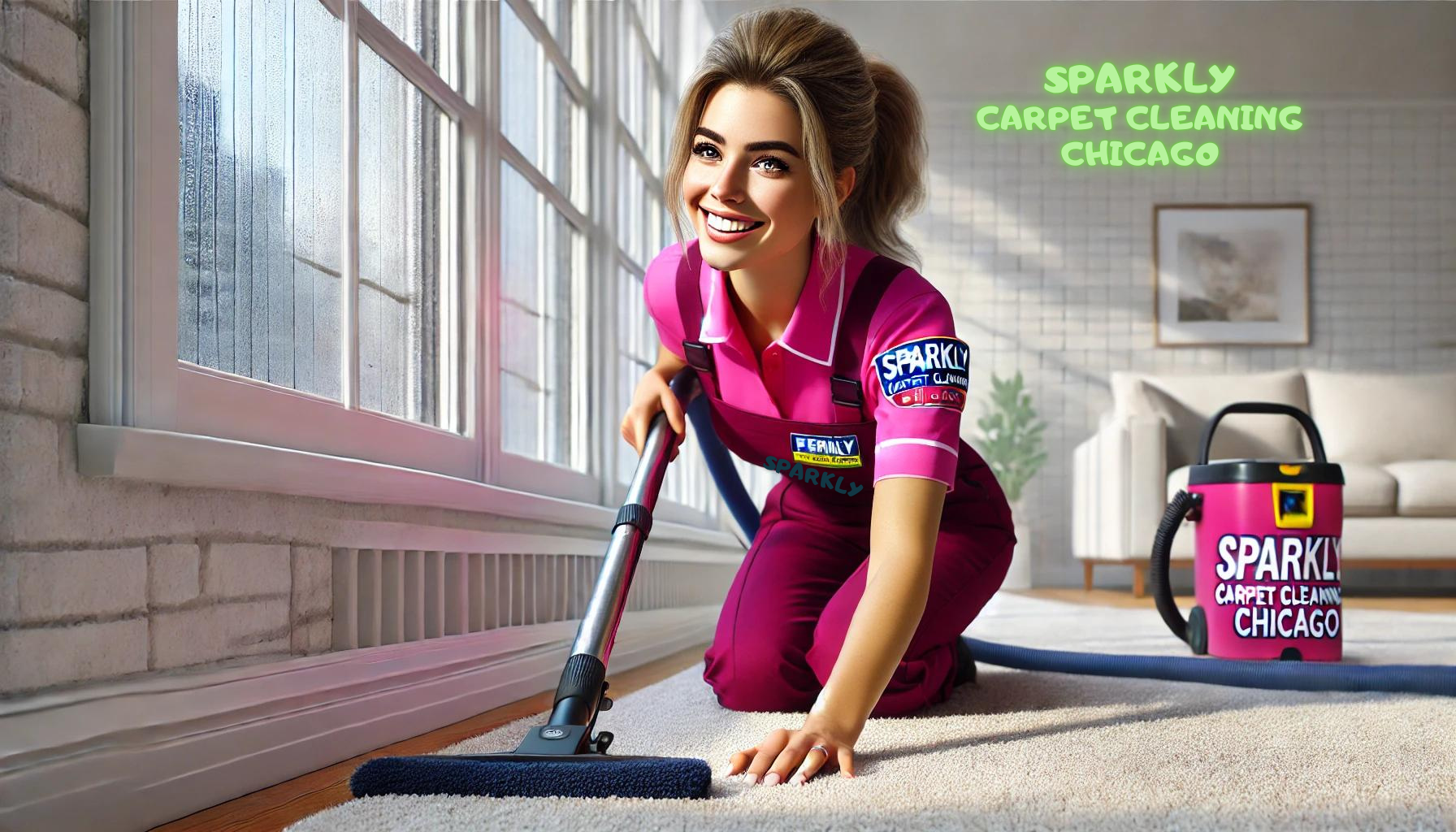Expert Tips And Strategies For Rapid Carpet Drying After Professional Cleaning
Mastering The Art Of Fast Carpet Drying Post-Cleaning
Why Quick Drying Matters for Your Carpet
Drying your carpet quickly after cleaning is essential for several reasons. It helps maintain the beauty and longevity of your carpets, prevents the growth of mold and mildew, and reduces the inconvenience of having a wet carpet in your living or working space. This guide will provide comprehensive strategies to expedite the drying process after carpet cleaning.
Choosing the Right Carpet Cleaning Method
Selecting an appropriate cleaning method is the first step toward ensuring your carpet dries quickly.
Hot Water Extraction Cleaning
Commonly known as steam cleaning, this method involves injecting hot water and cleaning agents deep into the carpet fibers and then extracting the mixture along with the loosened dirt. It is highly effective for deep cleaning but may leave the carpet wetter for longer periods.
Dry Cleaning
This method uses very little moisture compared to steam cleaning. Specialized cleaning compounds that break down dirt are applied to the carpet and then vacuumed up, resulting in a carpet that dries quickly and is ready for use almost immediately.
Bonnet Cleaning
Here, a machine with a spinning pad soaked in cleaning solution scrubs the carpet's surface. It's less aggressive than steam cleaning, making it suitable for light cleaning and quicker drying.
Encapsulation
During encapsulation, a synthetic foam detergent is spread on the carpet, which crystallizes into a powder as it dries. The encapsulated dirt is vacuumed away, leading to minimal moisture use and fast drying times.
Using the Right Tools and Techniques
The right tools can drastically decrease drying times, making your carpet ready to use sooner.
High-Quality Wet Vacuums
Invest in a robust wet vacuum to remove as much water as possible from the carpet right after cleaning. The more water you remove mechanically, the less you’ll need to evaporate.
Carpet Fans and Blowers
These are specifically designed to increase air circulation and moisture evaporation from carpets. Positioning these strategically can cut drying time by half or more.
Dehumidifiers
Placing a dehumidifier in the room draws moisture from the air and speeds up the drying process. This is particularly effective in humid climates or during damp weather.
Heating and Air Conditioning Systems
Utilizing your HVAC system can aid the drying process. Heat accelerates evaporation, whereas air conditioning can reduce air moisture levels, facilitating quicker drying.
Managing Humidity and Airflow
Proper management of humidity and airflow is critical when trying to dry carpets quickly.
Enhance Indoor Air Circulation
Open windows and doors to create a cross-flow of air which helps carry moisture away from the carpet. This is one of the simplest and most effective methods to speed up drying.
Strategic Fan Placement
Position fans throughout the room to circulate air efficiently. Ensure that air moves across the carpet from all angles to facilitate even drying.
Humidity Control
Monitor the humidity level inside the room. Use humidifiers or dehumidifiers depending on the outside weather conditions and the indoor humidity level.
DIY Tips for Quick Drying
Here are some practical tips for homeowners who clean their carpets and want to speed up the drying process.
Towel Dry
After cleaning, blot the carpet with clean, absorbent towels to soak up surface moisture. Walking over the towels can help press them into the carpet for better moisture absorption.
Increase Ambient Temperature
Raising the room temperature can enhance the evaporation rate. This is particularly useful during colder months.
Rotate Furniture and Rugs
Shifting furniture and any area rugs around can prevent prolonged dampness in any one area. This ensures more uniform drying across the carpet.
Wrapping Up with Effective Carpet Drying Techniques
Ensuring your carpet dries quickly after cleaning doesn’t have to be complicated. By choosing the correct cleaning method, using the right tools, managing air flow and humidity, and applying simple DIY techniques, you can significantly reduce drying times. These steps not only save time but also help in maintaining the integrity and appearance of your carpets, ensuring they stay clean, fresh, and beautiful longer.



